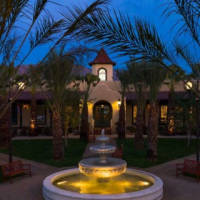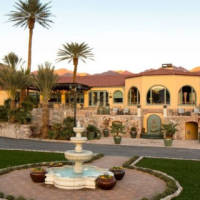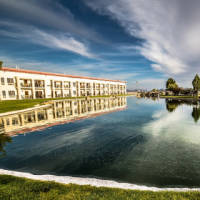Death Valley National Park – its name might conjure images of a desolate wasteland. But beneath this harsh exterior lies a surprising oasis teeming with life and boasting a rich history. Straddling the California-Nevada border, Death Valley presents a landscape of dramatic contrasts: a basin plunging below sea level and the majestic Telescope Peak soaring over 11,000 feet – nearly twice the depth of the Grand Canyon! Encompassing over 3 million acres of wilderness, Death Valley reigns supreme as the largest national park in the contiguous United States.
Death Valley National Park is a haven for outdoor enthusiasts. Hikers and backpackers can explore a vast network of trails, while birdwatchers can delight in the park's diverse avian population. Beyond the natural wonders, delve into Death Valley's fascinating past. Explore historic sites like the Keane Wonder Mine, Harmony Borax Works, Wildrose Charcoal Kilns, and even remnants of bygone eras in ghost towns. A true marvel awaits at Scotty's Castle, a magnificent Spanish-style mansion built in the early 1900s, offering a glimpse into the roaring twenties and thirties.
While Death Valley's scenery may be grand, lodging options cater to a variety of styles and budgets. For those seeking an echo of Scotty's Castle's elegance, The Inn at Death Valley provides a touch of luxury amidst the desert landscape. Other comfortable lodging options are available throughout the park.
Death Valley offers more than 785 miles of roads, paved and unpaved, for an unforgettable driving adventure. For the more adventurous, Death Valley beckons with cycling and mountain biking opportunities along designated park routes.
Despite its reputation as one of North America's hottest destinations, Death Valley is captivated by its surprisingly diverse ecosystem. A variety of smaller mammals, including bobcats, bighorn sheep, and kit foxes, call this park home. The critically endangered Death Valley pupfish finds a vital refuge here. Remarkably, over 1,000 plant species thrive in this harsh environment, some found nowhere else on Earth.
Don't let the name fool you. Death Valley National Park, with its unique blend of geological wonders, fascinating history, and surprisingly rich biological diversity, is a place that shouldn't be missed. So, pack your sense of adventure and discover the hidden gems Death Valley has to offer.



 7448 reviews
7448 reviews


 952 reviews
952 reviews

